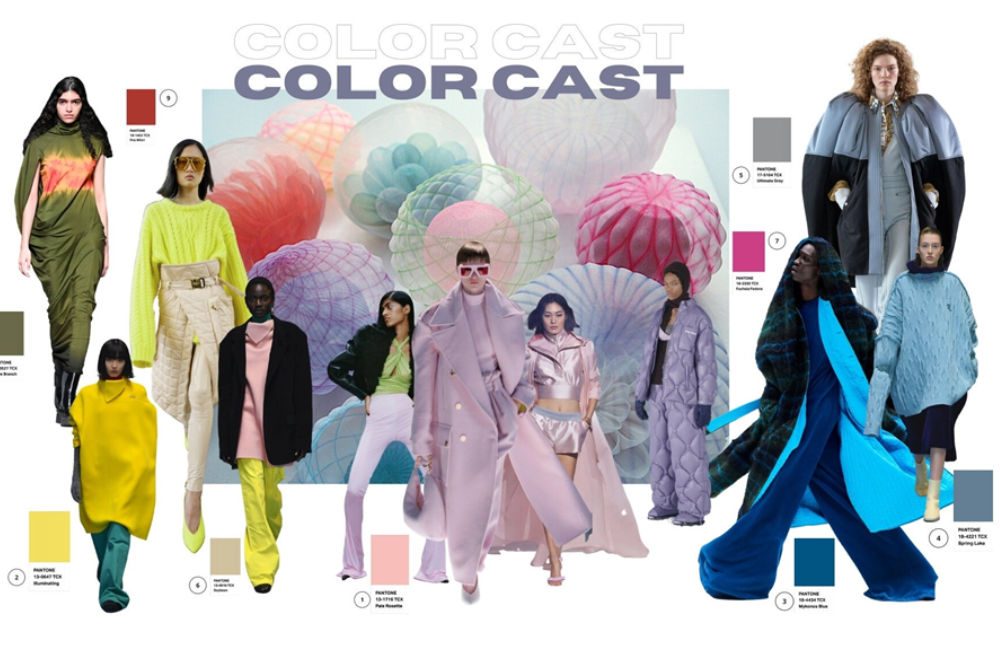Introduction
Trend forecasting is the practice of predicting future developments in various sectors, including fashion, technology, economics, and consumer behavior. By analyzing historical data, current market conditions, and emerging patterns, trend forecasting enables businesses and organizations to make informed decisions, align their strategies with anticipated changes, and maintain a competitive edge.
Understanding Trend Forecasting
At its core, trend forecasting involves identifying patterns and shifts in consumer behavior, technological advancements, and other relevant factors. This process helps in anticipating future developments and making strategic decisions accordingly. Accurate trend forecasting can lead to better product development, targeted marketing strategies, and improved customer satisfaction.
Importance of Trend Forecasting
In today’s rapidly changing world, staying ahead of trends is crucial for success. Trend forecasting allows companies to:
- Anticipate Market Changes: By understanding emerging trends, businesses can prepare for shifts in consumer preferences and market dynamics.
- Enhance Product Development: Insights from trend forecasting can guide the creation of products that meet future demands.
- Optimize Marketing Strategies: Understanding trends helps in crafting marketing messages that resonate with the target audience.
- Improve Customer Satisfaction: By aligning offerings with anticipated trends, businesses can better meet customer expectations.
Methods of Trend Forecasting
Trend forecasting employs various methods, broadly categorized into qualitative and quantitative approaches:
- Qualitative Methods: These involve subjective analysis based on expert opinions, focus groups, and market research. Techniques include:
- Delphi Method: A structured communication technique that relies on a panel of experts to reach a consensus on future developments. Experts answer questionnaires in multiple rounds, with a facilitator providing anonymized summaries after each round to refine judgments and achieve convergence. This method is widely used in business forecasting and policy development .
- Focus Groups: Small groups of individuals discuss products, services, or concepts to gather insights into consumer perceptions and preferences.
- Expert Panels: Groups of specialists provide informed opinions on potential future trends based on their knowledge and experience.
- Quantitative Methods: These involve statistical analysis of historical data to predict future trends. Techniques include:
- Time Series Analysis: Analyzing data points collected or recorded at specific time intervals to identify trends, cycles, and seasonal variations.
- Regression Analysis: Assessing the relationship between dependent and independent variables to predict future values.
- Exponential Smoothing: A time series forecasting method that applies weighted averages of past observations, with more recent observations given more weight. This method is useful for data with trends and seasonality .
- Machine Learning Algorithms: Advanced computational models that learn from data to make predictions, increasingly used in trend forecasting for their ability to handle complex datasets and identify patterns.
Data Sources for Trend Forecasting
Effective trend forecasting relies on a variety of data sources:
- Sales Data: Historical sales figures provide insights into consumer purchasing behavior and product performance.
- Social Media Analytics: Platforms like Twitter, Instagram, and TikTok offer real-time data on consumer sentiments and emerging interests.
- Consumer Surveys: Direct feedback from consumers helps in understanding preferences and expectations.
- Economic Reports: Macroeconomic indicators such as GDP growth, unemployment rates, and inflation influence market trends.
- Technological Advancements: Innovations and breakthroughs in technology can lead to new trends and disrupt existing markets.
Challenges in Trend Forecasting
Despite its advantages, trend forecasting faces several challenges:
- Rapid Market Changes: The fast-paced nature of markets can make it difficult to predict trends accurately.
- Data Overload: The vast amount of data available can be overwhelming, making it challenging to identify relevant information.
- External Factors: Events like economic downturns, political instability, and natural disasters can significantly impact trends.
- Biases: Personal biases and assumptions can influence the forecasting process, leading to inaccurate predictions.
Applications of Trend Forecasting
Trend forecasting has a wide range of applications across various industries:
- Fashion: Designers and retailers use trend forecasting to predict styles, colors, and materials that will be popular in upcoming seasons.
- Technology: Companies anticipate technological advancements and consumer adoption to guide product development and investment decisions.
- Finance: Investors use trend forecasting to predict market movements and make informed investment choices.
- Retail: Businesses forecast consumer demand to optimize inventory levels and pricing strategies.
- Entertainment: Producers and studios anticipate audience preferences to guide content creation and distribution.
The Role of Artificial Intelligence in Trend Forecasting
Artificial intelligence (AI) is increasingly being integrated into trend forecasting:
- Data Processing: AI can analyze vast amounts of data quickly, identifying patterns that may not be immediately visible to humans.
- Predictive Modeling: Machine learning algorithms can create models that predict future trends based on historical data.
- Automation: AI can automate repetitive tasks in the forecasting process, increasing efficiency and accuracy.
- Real-time Analysis: AI enables real-time analysis of data, allowing businesses to respond swiftly to emerging trends.
